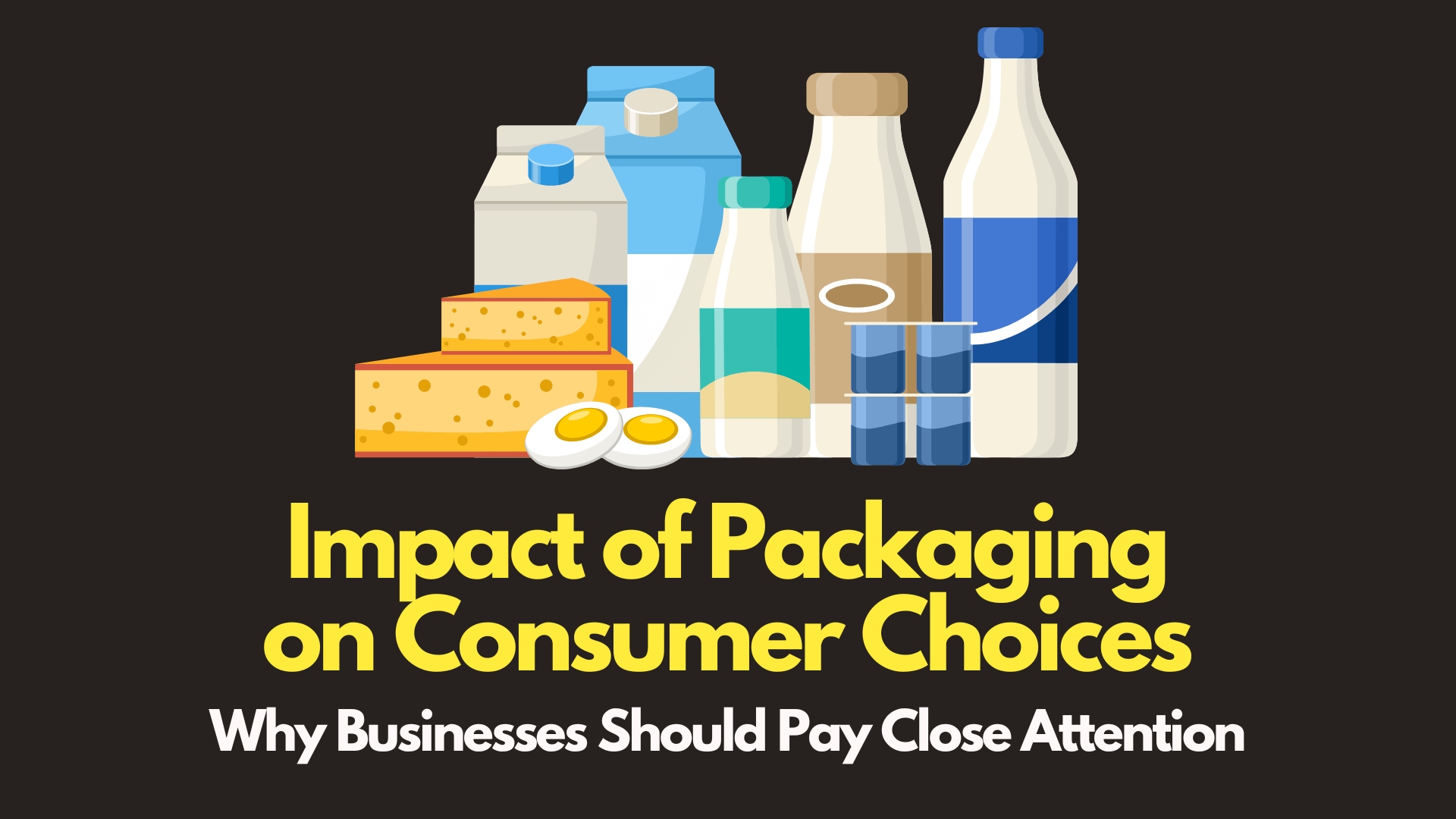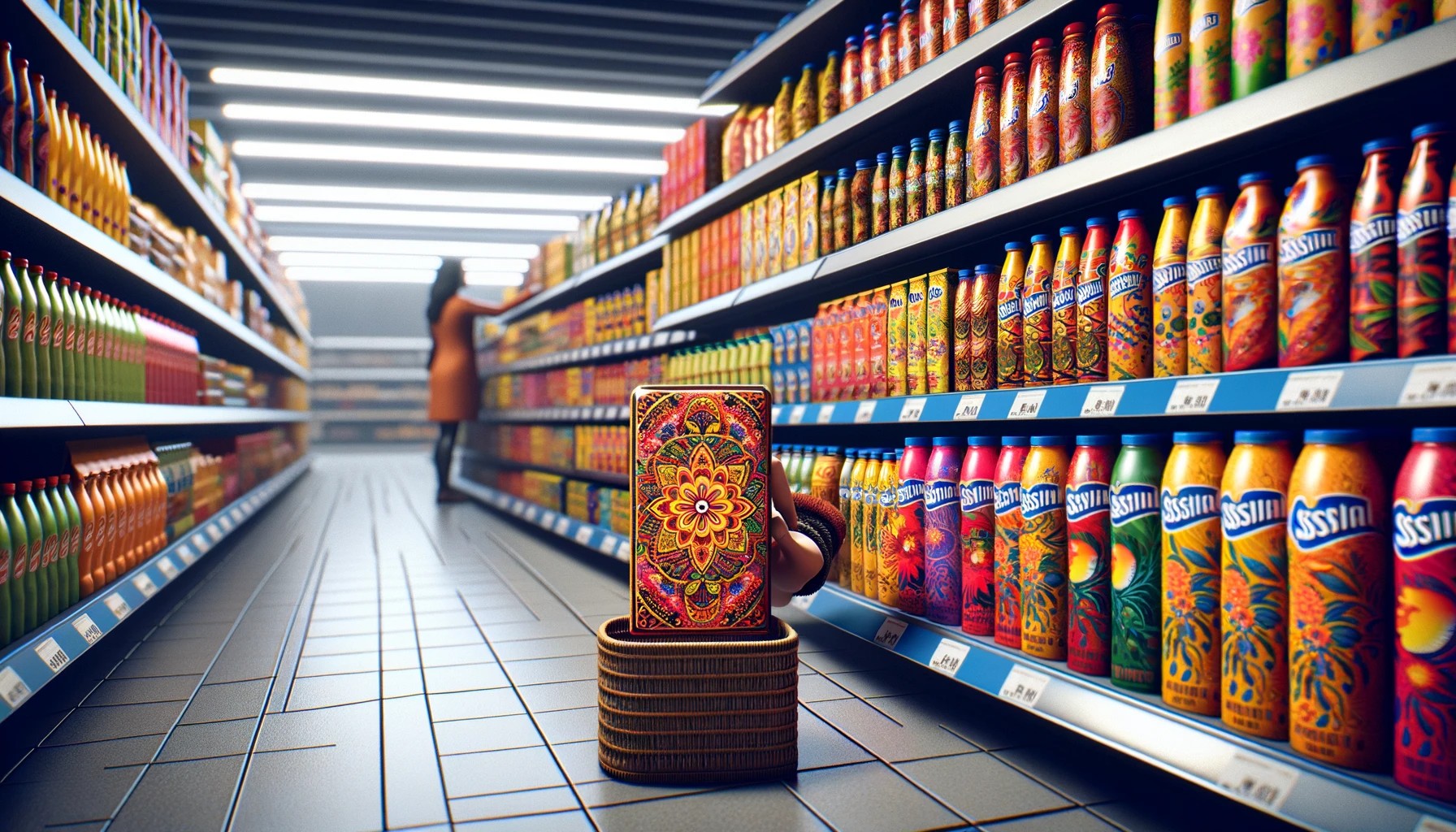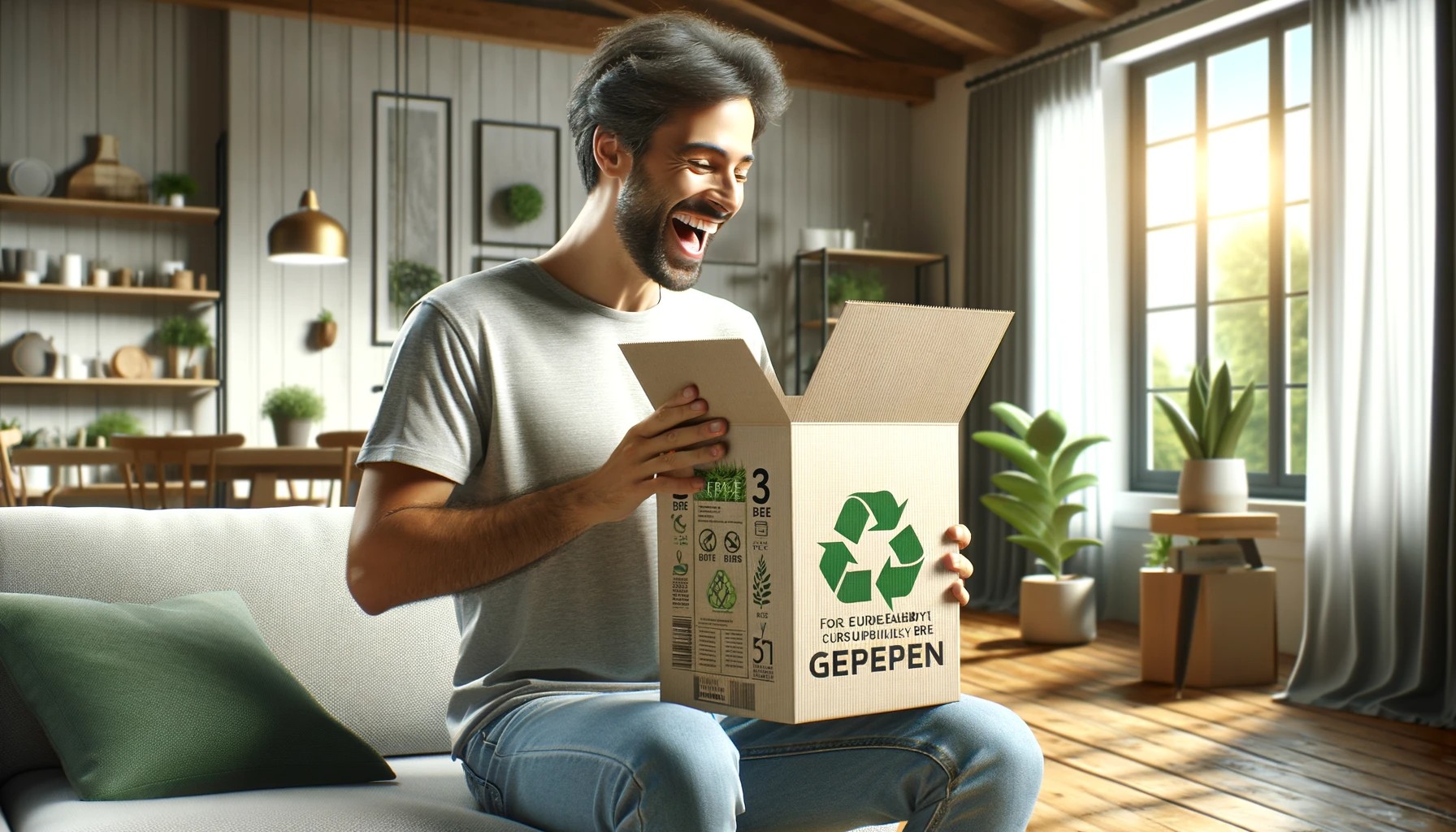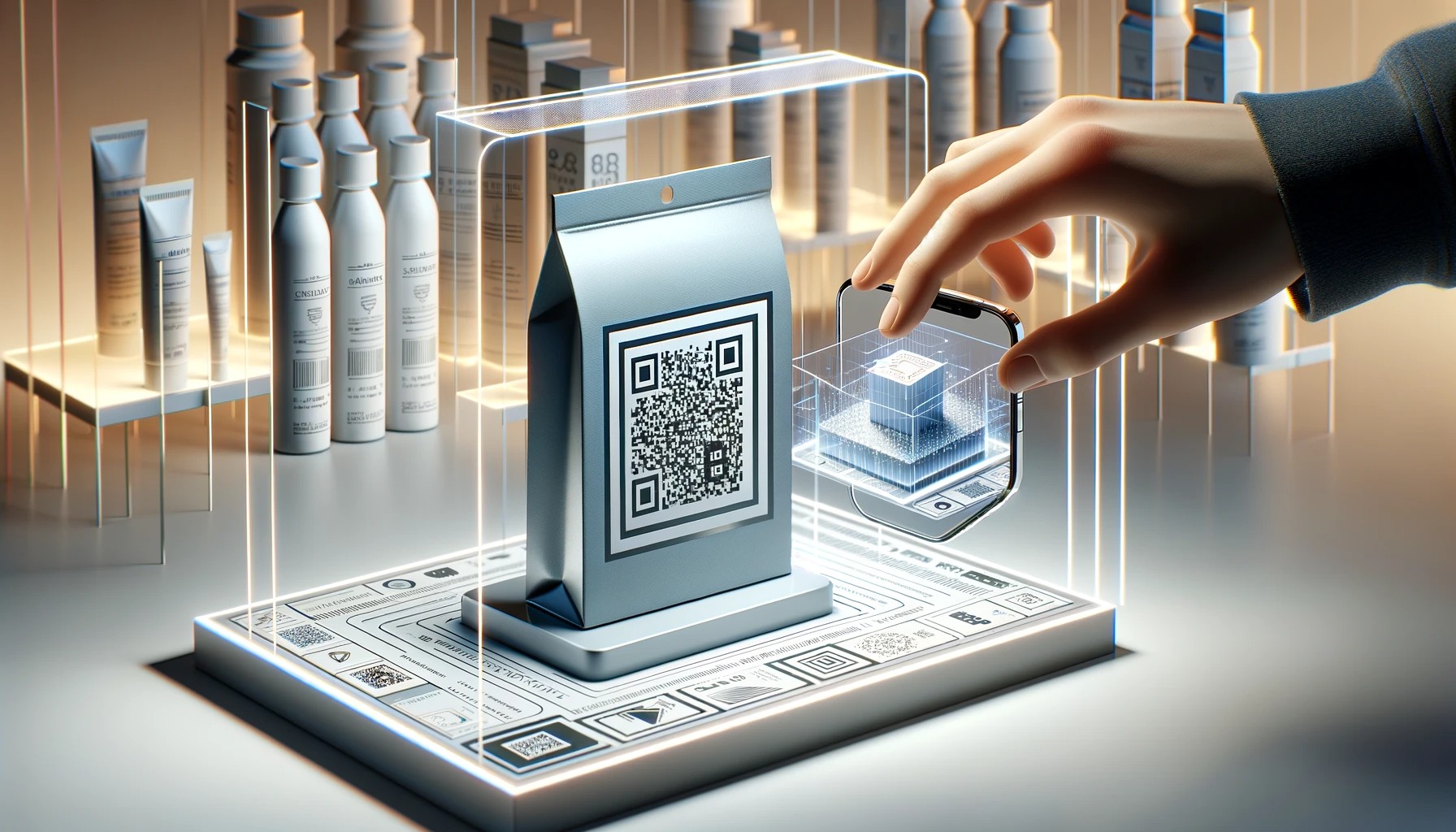Published
- 8 min read
Impact of Packaging on Consumer Choices

Key Takeaways
- First Impression Counts: Packaging is a critical factor in attracting consumer attention and shaping brand image.
- Color Psychology: The color of packaging plays a significant role in influencing consumer buying decisions.
- Material Matters: High-quality packaging materials are perceived as indicative of product quality, impacting consumer choices.
- Cultural Connection: Incorporating culturally relevant design elements in packaging can enhance consumer engagement and purchase intention.
- Experiential Packaging: Packaging that offers an engaging sensory or interactive experience can significantly boost purchase intention.
In the competitive retail landscape, the Impact of Packaging on Consumer Choices cannot be overstated. It’s not just about protecting the product; it’s about communicating a message, establishing a brand identity, and ultimately influencing consumer behavior. Let’s unwrap the layers of how product packaging impacts consumer perception and choices.
The First Impression: Packaging as a Silent Salesman
When a product sits on a shelf, its packaging is its silent salesman. It’s the first thing a consumer interacts with and can make or break the decision to purchase. A product’s packaging conveys its value proposition and brand ethos without saying a word. As such, it’s crucial for businesses to design packaging that captures attention and resonates with their target audience. For insights on how businesses have evolved over the years, check out the thriving and stumbling business sectors over the last 5 years.
The Psychology of Color in Packaging
Color is a powerful psychological trigger. The right color can evoke emotions, convey messages, and significantly impact consumer buying decisions. For instance, green often represents eco-friendliness and sustainability, which can attract environmentally conscious consumers. Understanding the impact of color psychology in marketing and consumer perception is vital for brands looking to make a lasting impression.

Quality of Packaging Materials
Consumers often equate the quality of packaging materials with the quality of the product itself. High-quality materials can suggest a premium product, justifying a higher price point and enhancing the perceived value. On the flip side, poor packaging can deter consumers, even if the product inside is of high quality. The psychology of pricing and how it leverages consumer perceptions is a fascinating topic that delves deeper into this aspect.
Cultural Relevance in Packaging Design
Incorporating culturally significant design elements can significantly influence consumer purchase intentions. For example, packaging that includes Chinese features and highlights colors associated with different times of the year can resonate deeply with Chinese consumers, as it carries specific meanings and communicates effectively with the target audience. To understand more about how culture shapes consumer behavior, explore the impact of cultural factors on consumer behavior.
Experiential Packaging: Beyond the Basics
Packaging that provides an extraordinary sensory or interactive experience can greatly enhance consumer engagement and purchase intention. Experiential packaging goes beyond basic functionality to deliver a memorable unboxing experience, which can lead to increased brand loyalty and word-of-mouth marketing. For more on how to craft such experiences, delve into creating a balanced marketing strategy leveraging consumer psychology.
Packaging as a Strategic Asset
Packaging is not just a container; it’s a strategic asset that can significantly influence consumer choices. By understanding and leveraging the elements of packaging that resonate with consumers, brands can differentiate themselves in a crowded market and drive purchase decisions.
For businesses looking to refine their strategies, the ultimate guide to crafting a marketing strategy provides practical examples and ready-to-use samples tailored to various marketing needs.
In conclusion, the impact of packaging on consumer choices is profound. It’s a blend of art and science that, when executed well, can turn a simple product into an irresistible buy. For more insights on consumer behavior and marketing strategies, explore our Marketing category.

The Role of Packaging in Consumer Loyalty and Retention
Once a consumer has made a purchase, the role of packaging continues to influence their relationship with the brand. Packaging that delights and exceeds expectations can foster consumer loyalty. For instance, easy-to-open, resealable, and storage-friendly packaging enhances the user experience, making it more likely that the consumer will return to the same brand for future purchases.
Consumer loyalty is not just about a single positive experience; it’s about consistently meeting and surpassing expectations. Brands that invest in quality packaging demonstrate a commitment to their customers, which in turn, can lead to increased trust and loyalty. To dive deeper into this topic, the article on hidden psychology behind brand loyalty offers valuable insights into winning both the hearts and wallets of consumers.
Sustainability: The New Packaging Imperative
In today’s eco-conscious world, the impact of packaging extends beyond the point of sale and into the realm of environmental responsibility. Sustainable packaging is becoming a key factor in consumer choices, with many preferring products that have minimal environmental impact. Brands are now weaving sustainability into their packaging designs, not only to appeal to environmentally conscious consumers but also to align with global sustainability efforts.
Sustainable packaging can take many forms, from biodegradable materials to minimalist designs that reduce waste. The discussion on weaving sustainability into fashion’s future illustrates how industries are adapting to this growing consumer demand for eco-friendly practices.
Navigating Online and Offline Packaging Dynamics
The rise of e-commerce has introduced new challenges and opportunities in packaging. Online shoppers do not have the benefit of physically handling a product before purchase, which means that the unboxing experience becomes a crucial moment of truth for the brand. Creative, branded packaging can compensate for the lack of tactile engagement and become a key differentiator in the online marketplace.
Conversely, in a brick-and-mortar setting, packaging must compete with a multitude of other products for consumer attention. The tactile nature of shopping in physical stores allows consumers to experience packaging in a way that online shopping cannot replicate. Understanding these nuances is essential for brands navigating both online and offline spaces. The article on exploring consumer behavior in online vs. offline shopping dynamics provides a comprehensive look at these contrasting environments.
Packaging as a Reflection of Brand Values
Ultimately, packaging is more than just a means to protect and transport a product; it’s a reflection of the brand’s values and commitment to the consumer. It’s a powerful tool that, when used effectively, can create a strong emotional connection with the consumer, encouraging not only an initial purchase but also fostering long-term brand loyalty.
To further explore the intricacies of consumer behavior and how it shapes marketing strategies, peruse our Business category for a wealth of information on the subject.

Understanding the Subconscious Influence of Packaging
Packaging design often communicates to consumers on a subconscious level, influencing their perceptions and choices without them even realizing it. The shapes, textures, and overall aesthetics of packaging can evoke certain feelings and associations. For example, rounded edges on packaging are often associated with softness and comfort, while sharp, angular designs might convey a sense of cutting-edge technology or sophistication.
The subconscious impact of packaging is a critical factor in the split-second decisions that consumers make at the point of sale. Brands that master the art of subtle communication through packaging can effectively sway consumer choices and establish a memorable brand identity. Delve into the role of emotions in purchasing decisions to understand how subconscious cues trigger emotional responses that lead to sales.
Leveraging Technology in Packaging
The integration of technology into packaging is becoming increasingly prevalent. QR codes, NFC chips, and augmented reality are just a few examples of how packaging can offer an interactive experience. This technology not only provides additional product information and brand storytelling but also enhances consumer engagement, making the product stand out in a crowded marketplace.
Moreover, technology can be used to ensure authenticity and traceability, which is particularly important in sectors like health and wellness where product integrity is paramount. For more insights into how technology is shaping different sectors, take a look at our Health and Wellness category.
Packaging Trends to Watch
As consumer preferences evolve, so do packaging trends. Minimalism, personalization, and smart packaging are just a few of the trends that are currently shaping the industry. Minimalist packaging appeals to consumers who prefer a clean, simple aesthetic, while personalization allows brands to cater to the individual needs and preferences of their customers.
Smart packaging, which includes interactive elements that can communicate with consumers’ smartphones, is another trend that’s gaining traction. This type of packaging can offer a wealth of information, from nutritional details to user manuals, all accessible with a simple scan. Keeping up with these trends is essential for brands looking to stay relevant and appealing to modern consumers. For more on the latest trends, check out the social media’s influence on consumer influence.
Conclusion: The Transformative Power of Packaging
The impact of packaging on consumer choices is multifaceted and transformative. It’s a potent blend of visual appeal, material quality, cultural relevance, and technological innovation that, when combined, can significantly sway consumer behavior. Businesses that recognize and harness the power of packaging will find themselves at a competitive advantage, able to influence consumer perception and choices effectively.
For those interested in further exploring the intersection of consumer behavior and marketing, our Marketing category offers a treasure trove of articles that will enrich your understanding of the field.